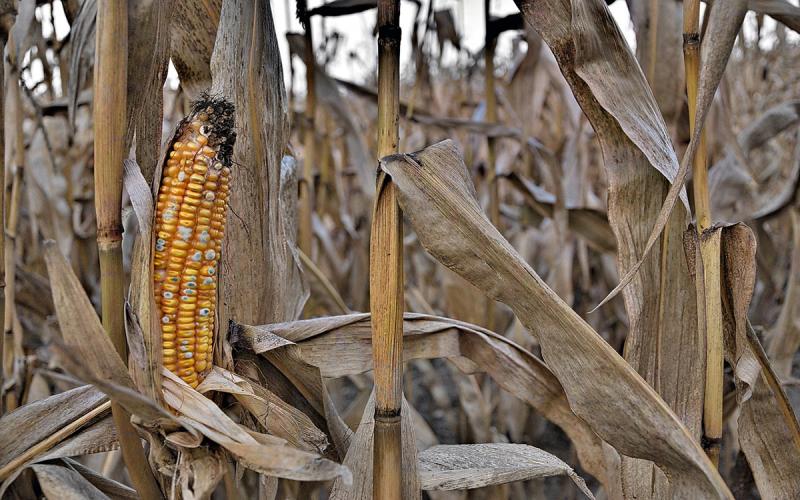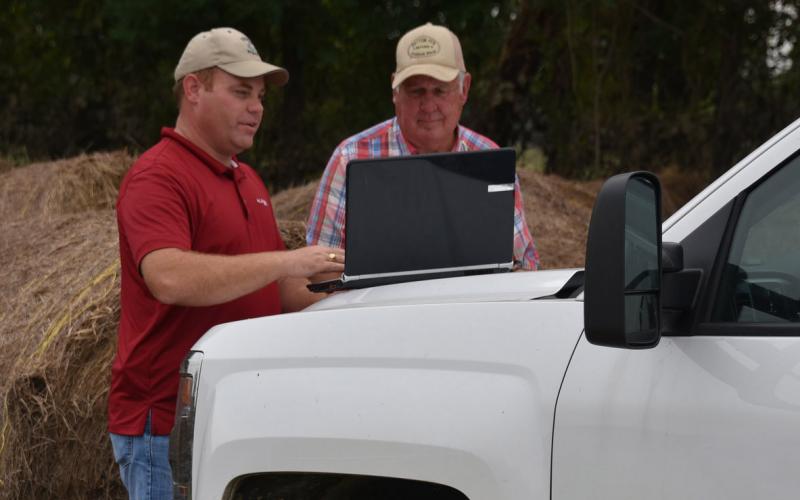Water is the most important nutrient to all livestock animals and is sometimes overlooked. Poor quality water can have a negative effect on growth, reproduction, and general productivity of the animal. In some cases, death could occur within days or hours after consumption of contaminated waters or water deprivation. Therefore, continuous monitoring of water quality and quantity are important to maintain a productive livestock program.
Water can be monitored though a “quick test” in the field with an electro-conductivity (EC) or total dissolved solids (TDS) meters available through testing supply companies. The quick test is a measurement of salinity providing an indication of livestock water quality (Table: General Guide to the Use of Saline Waters). Water samples can also be submitted to a laboratory to acquire a more detailed analysis for livestock suitability including sulfates, nitrate nitrogen, alkalinity, hardness, sodium, iron, magnesium, calcium etc. to explain why salinity is high.


